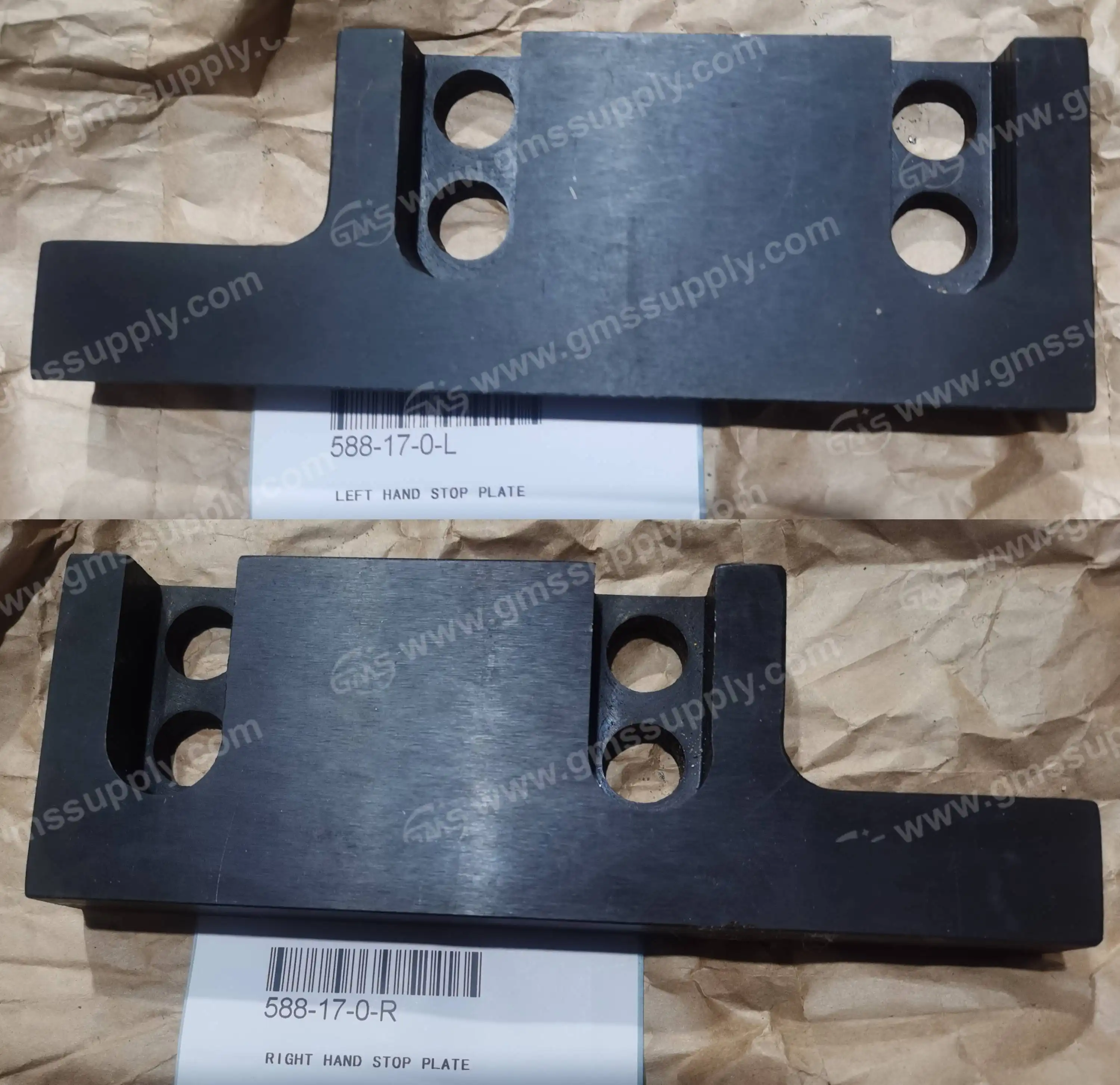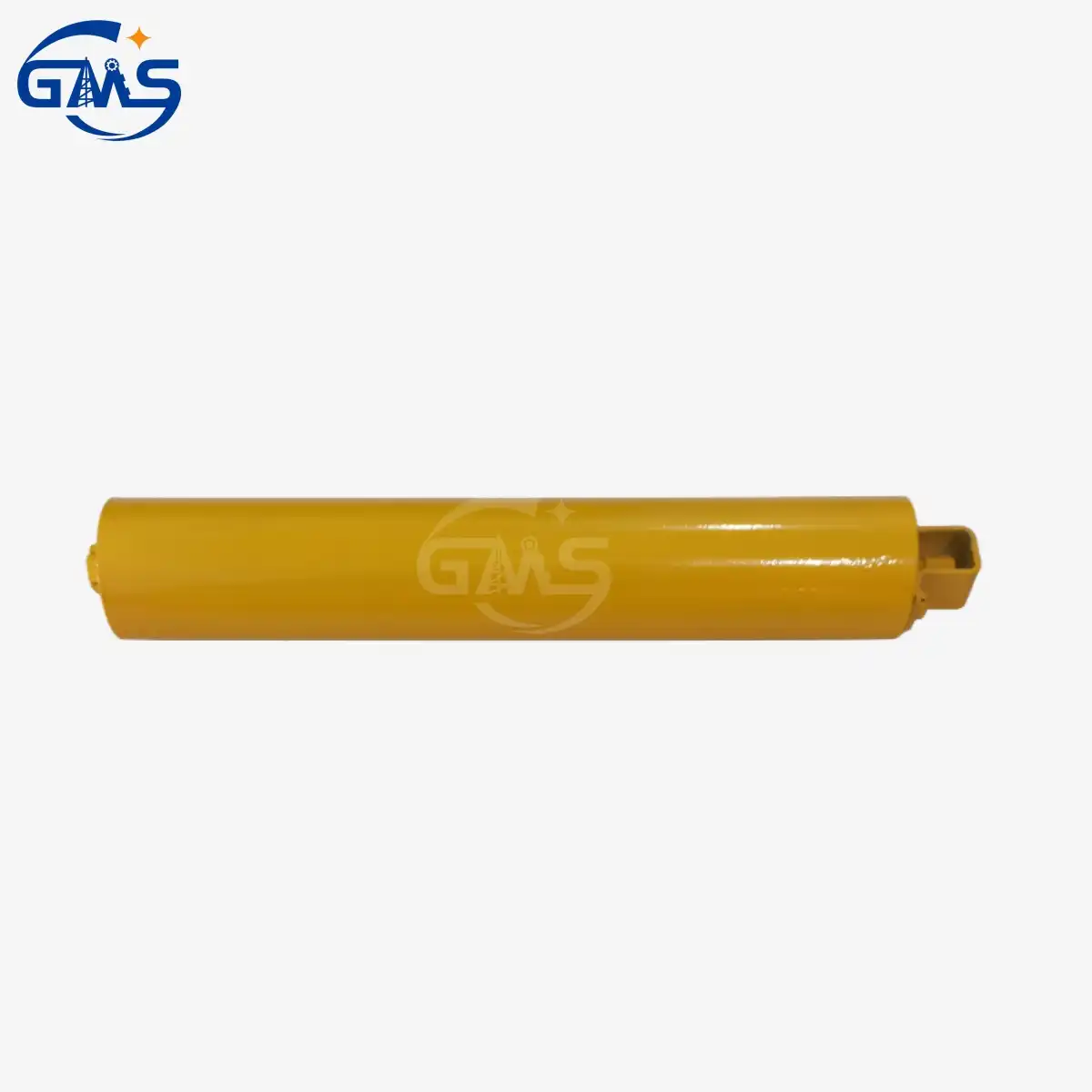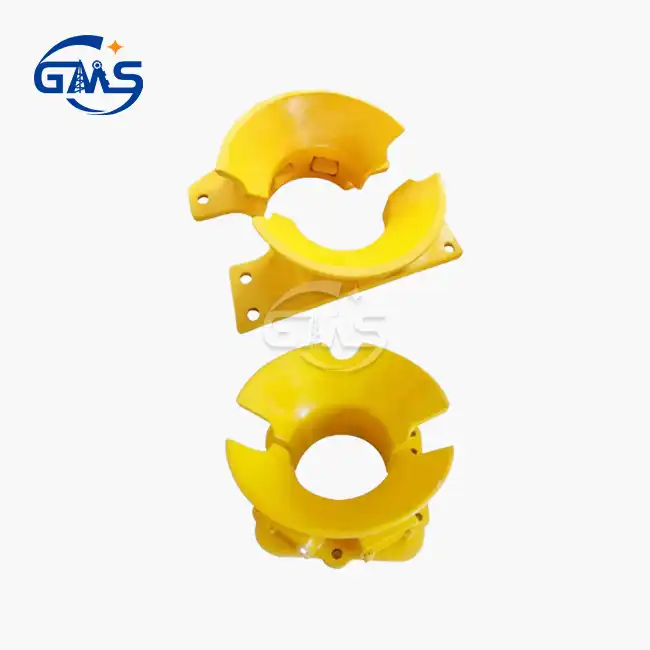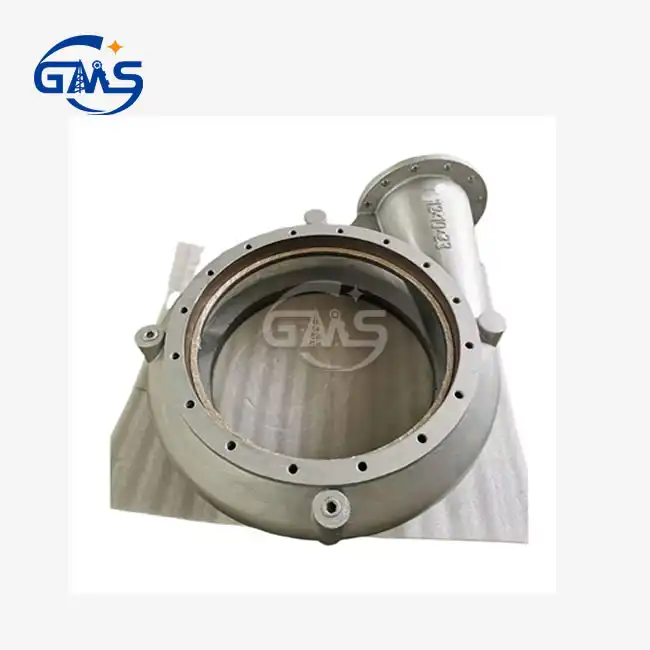- English
- French
- German
- Portuguese
- Spanish
- Russian
- Japanese
- Korean
- Arabic
- Greek
- German
- Turkish
- Italian
- Danish
- Romanian
- Indonesian
- Czech
- Afrikaans
- Swedish
- Polish
- Basque
- Catalan
- Esperanto
- Hindi
- Lao
- Albanian
- Amharic
- Armenian
- Azerbaijani
- Belarusian
- Bengali
- Bosnian
- Bulgarian
- Cebuano
- Chichewa
- Corsican
- Croatian
- Dutch
- Estonian
- Filipino
- Finnish
- Frisian
- Galician
- Georgian
- Gujarati
- Haitian
- Hausa
- Hawaiian
- Hebrew
- Hmong
- Hungarian
- Icelandic
- Igbo
- Javanese
- Kannada
- Kazakh
- Khmer
- Kurdish
- Kyrgyz
- Latin
- Latvian
- Lithuanian
- Luxembou..
- Macedonian
- Malagasy
- Malay
- Malayalam
- Maltese
- Maori
- Marathi
- Mongolian
- Burmese
- Nepali
- Norwegian
- Pashto
- Persian
- Punjabi
- Serbian
- Sesotho
- Sinhala
- Slovak
- Slovenian
- Somali
- Samoan
- Scots Gaelic
- Shona
- Sindhi
- Sundanese
- Swahili
- Tajik
- Tamil
- Telugu
- Thai
- Ukrainian
- Urdu
- Uzbek
- Vietnamese
- Welsh
- Xhosa
- Yiddish
- Yoruba
- Zulu
What are the specifications of the 588-17-0 Plate Stop?
Understanding the precise specifications of critical drilling components is essential for maintaining operational safety and efficiency in oil and gas exploration. The 588-17-0 PLATE STOP represents a crucial safety component in Canrig top drive systems, specifically designed for onshore and offshore drilling operations. This specialized plate stop serves as a mechanical barrier and positioning device, preventing excessive movement within the top drive assembly while ensuring proper alignment and load distribution. As drilling operations become increasingly complex and demanding, the reliability of each component becomes paramount to overall system performance. The 588-17-0 PLATE STOP specifications encompass material composition, dimensional tolerances, operational parameters, and compatibility requirements that directly impact drilling safety and efficiency. For operators seeking cost-effective alternatives without compromising quality, understanding these specifications helps in making informed procurement decisions. This comprehensive analysis explores the technical specifications, applications, and advantages of replacement parts that deliver comparable performance at reduced costs, making them ideal for budget-conscious operations or non-critical component replacements where cost optimization remains a priority.

Technical Specifications and Dimensional Requirements
The 588-17-0 PLATE STOP operates as a BUW (Blow-Up-Well) left-hand configuration component, specifically engineered for integration with Canrig Top Drive models 8050, 8035, and 6027 systems. The technical specifications encompass precise dimensional tolerances that ensure seamless compatibility with existing drilling assemblies. Material composition typically involves high-strength steel alloys capable of withstanding extreme operational stresses, temperature variations, and corrosive environments commonly encountered in drilling operations. The dimensional specifications include specific width, height, and thickness measurements that align with OEM mounting points and clearance requirements within the top drive housing. Surface finish specifications ensure proper sealing and minimize wear points during operational cycles. Weight specifications are optimized to maintain system balance while providing adequate structural integrity under dynamic loading conditions. Manufacturing tolerances are maintained within strict parameters to guarantee interchangeability with original equipment manufacturer components. The 588-17-0 PLATE STOP specifications also include hardness ratings that ensure durability under repetitive stress cycles and impact loads. Chemical composition requirements specify alloy content percentages that deliver optimal strength-to-weight ratios while maintaining resistance to operational environments including drilling mud exposure, hydraulic fluids, and temperature fluctuations ranging from sub-zero to elevated operating temperatures.
Application Areas and System Compatibility
The 588-17-0 PLATE STOP finds primary application within TDS (Top Drive System) configurations specifically designed for both onshore and offshore drilling platforms. System compatibility extends across multiple Canrig top drive models, including the 8050, 8035, and 1250 series, each representing different torque and power specifications suited to various drilling requirements. Within these systems, the plate stop functions as an integral safety component that prevents mechanical over-travel while providing backup support for electronic positioning systems. The component's design specifications accommodate the dynamic operational environment where drilling assemblies experience constant rotation, vertical movement, and variable loading conditions. Installation specifications require precise positioning within the top drive housing to ensure proper engagement with corresponding mechanical stops and electronic sensors. The 588-17-0 PLATE STOP specifications include mounting hole patterns and fastener requirements that align with existing system architecture, eliminating the need for modifications during replacement procedures. Operational specifications encompass temperature ranges, pressure ratings, and load capacities that match or exceed original equipment requirements. Compatibility extends to various drilling mud systems, hydraulic configurations, and electrical interfaces commonly found in modern drilling operations. Performance specifications ensure reliable operation across different drilling conditions, from shallow conventional wells to deep offshore installations where equipment reliability becomes critical to operational success and safety protocols.
Quality Standards and Manufacturing Excellence
Manufacturing specifications for the 588-17-0 PLATE STOP adhere to rigorous quality standards that ensure consistent performance and reliability across all production units. ISO 9001 certification requirements govern every aspect of the manufacturing process, from raw material selection through final inspection and testing procedures. Quality control specifications include dimensional verification, material certification, hardness testing, and surface finish inspection that guarantee compliance with original equipment specifications. Manufacturing processes incorporate advanced machining techniques that maintain precise tolerances while ensuring surface integrity and structural soundness. Packaging and handling specifications protect component integrity during shipping and storage while maintaining identification and certification documentation. These comprehensive quality standards ensure that replacement components deliver performance characteristics that match or exceed original equipment specifications while providing cost advantages that benefit operational budgets.
Conclusion
The 588-17-0 PLATE STOP represents a critical safety component whose specifications directly impact drilling operation reliability and safety. Understanding these technical requirements, application parameters, and quality standards enables informed procurement decisions that balance performance requirements with cost considerations. Replacement components manufactured to equivalent specifications provide cost-effective alternatives while maintaining operational integrity and safety standards required in demanding drilling environments.
Ready to optimize your drilling operations with reliable, cost-effective solutions? GMS stands ready to support your equipment needs with our comprehensive range of top drive components and drilling machinery parts. Our commitment to quality, backed by ISO 9001 certification and over a decade of industry experience, ensures you receive products that meet the highest standards while delivering exceptional value. With our extensive inventory, fast response times, and flexible solutions tailored to your specific requirements, we're positioned to keep your operations running smoothly and efficiently. Whether you're managing routine maintenance, emergency repairs, or complete system overhauls, our dedicated team provides the expertise and support you need. Don't let equipment downtime impact your project timelines – contact our experienced professionals today at sales@gmssupply.com to discuss your specific requirements and discover how our quality products and exceptional service can enhance your operational success.
References
1. American Petroleum Institute (2019). "Specification for Top Drive Systems in Drilling Operations." API Recommended Practice 7G, Third Edition, Washington, D.C.
2. International Association of Drilling Contractors (2020). "Safety and Operational Standards for Rotary Drilling Equipment." IADC Guidelines for Land-Based Drilling Operations, Houston, Texas.
3. Society of Petroleum Engineers (2018). "Mechanical Component Reliability in Offshore Drilling Systems." SPE Journal of Petroleum Technology, Volume 70, Issue 8, Richardson, Texas.
4. National Institute for Occupational Safety and Health (2021). "Criteria for Recommended Standard - Occupational Exposure to Hazards in Oil and Gas Well Drilling." NIOSH Publication No. 2021-106, Centers for Disease Control and Prevention, Atlanta, Georgia.
Learn about our latest products and discounts through SMS or email

_1751947099373.webp)

